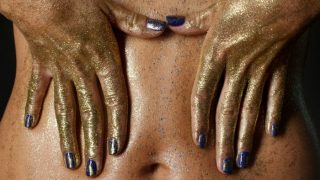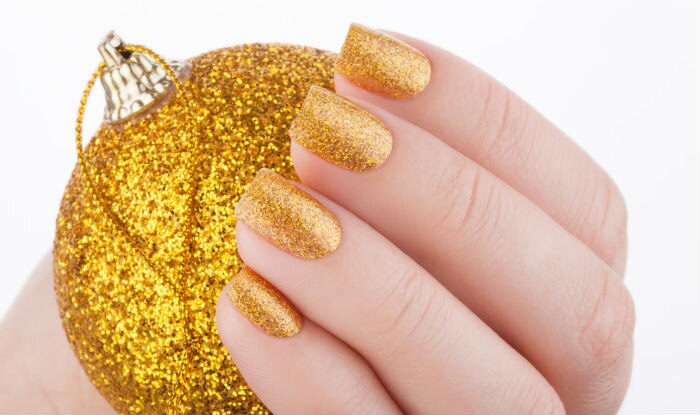There was a time when not a single primary school project was complete without glitter. In an attempt to make it the shiny best, we fill all vacant spaces with some, eventually sparkling ourselves with it. However, it seems that all that glitter was not good. Glitters are highly visible and easily obtained microplastic that are harmful to the environment. With a recent trend of increasing glitter content in most stationary and children’s craft objects, its usage has gone higher. Applying glitter on hair or using it as a face mask in parties is also quite a trend. Recently, a lot of Instagram trends also demand applying glitters on body parts. However, scientists claim that glitter has caused harm to the eyes and skin for people around the world. Forget Butt Glitter, Vagina Glitter Bomb is the Next WTF Trend!
Reportedly glitter could cause serious damage and has been banned from its usage in cosmetics. These tiny pieces of plastic are toxic microbeads which generally consists of a layer of plastic, a thin colored layer and a reflective layer, typically made of aluminum. They are then bonded into a thin sheet and cut into tiny shapes.
Talking about the harmful effects of glitter, Daily Mail quoted, Dr Trisia Farrelly, an environmentalist from New Zealand’s Massey University as saying, “I think all glitter should be banned. Producers should not get away with making a profit out of the production of disposable, single-use plastics while bearing little responsibility for the damage.”
Those tiny pieces cannot be recycled as it is difficult to break them down into component parts. They are so small that they get washed into rivers and seas easily thus adding to plastic pollution affecting marine life. Even a tiny sparkle takes thousands of years to break down.
Glitter can not only get into our body though but maybe we inhale it too, says a professor of environmental health at King’s College London. Synthetic mica made from a substance called fluorphlogopite is used by cosmetic companies like Lush as a safer option. For crafts, bio-glitter made out of cellulose from eucalyptus trees are used. With its sharp edges, it can also damage eyesight. Mica is another sparkly mineral which is present in eyeshadow and paint is another problem.


















